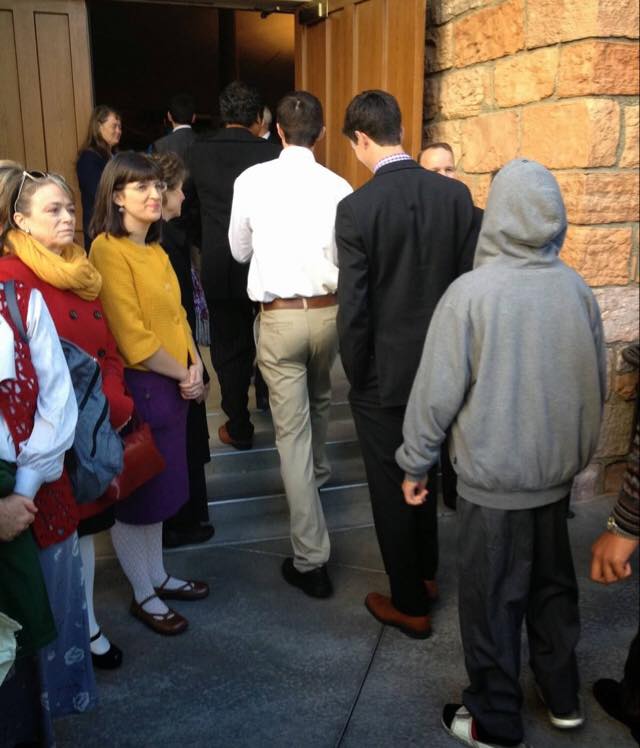
As an attorney, my job involves negotiation. I have learned that people will often focus on issues that have a great deal of emotional weight at the moment, but make little real difference. I am always happy to concede such issues in order to reach a settlement. When I hear people talk about creating a female priesthood within the LDS Church, I worry that this might be a concession by the brethren that would make some feel good in the moment, but which would do nothing to truly advance gender equality in the church.
Priesthood is the governing authority within the church. While there are a handful of leadership positions for women beyond their local wards, all women are subject to male priesthood authority at all times, while all significant decision-making authority within the church is kept in the hands of male priesthood leaders. Ultimate authority rests with the First Presidency and the Quorum of Twelve Apostles, all fifteen of whom are men under the current policy of an all male priesthood.
Because the church’s governing authority is priesthood authority, the creation of a separate female priesthood, would not have any impact on church governance. Women would still be excluded from the authority to make significant decisions in the church. While a title like “Priestess” might be psychologically pleasing, if it does not place women in the highest governing bodies of the church, it is hollow and ultimately meaningless with regard establishing gender equality.
Many will argue that decision-making authority does not matter. They will say that God makes all of the decisions, and regardless of who occupies a position in the church, a decision will only be made when and how God wants it to be made. Therefore they argue that our long history of an all white, all male top leadership should not be criticized. This view is not historically supportable, nor is it doctrinally sound. For well over a century, men of African descent were excluded from priesthood, and thus they were excluded from any leadership roles in the church. The lack of black voices in top leadership lead the church down a very dark path. Overtly racist policies and statements abound in our LDS history as a result. In recent years, the First Presidency and the Quorum of the Twelve Apostles approved this language in an official essay on Race and the Priesthood.
Even today, we see a total lack on diversity in the top leadership of the church. By failing to include LGBTQ+ members in top leadership positions, the church has found itself making major policy missteps, most notably, the November 5, 2015 policy, which punishes the innocent children of queer members. This and other policy mistakes have resulted in a great deal of needless suffering, and a high suicide rate among LGBTQ+ youth in the church.
We cannot say that every decision in the church is made directly by God, and still acknowledge the racist, sexist, and homophobic mistakes of the past. We have to acknowledge that equality and inclusion in the church matter. The church today sends the message to women that they are second-class. It tells women that they are not as capable as men, when it comes to leadership and making important decisions. These messages are toxic to half of God’s children. We must rectify this situation. The solution is not a separate female priesthood. The way to create a church that is free of sexism and able to fully support female spirituality is to include women fully in the priesthood, at all levels of church governance, and in numbers equal to men.
Ready for Revelation
Mark Barnes, the author of this post, is on Ordain Women’s Executive Board.





